In the Stasi museum at Runde Ecke, in Leipzig, there are many examples of how far the East German secret police were prepared to go to maintain control over their own citizens. Among collections of stolen mail, covert photographs, and disguises for their agents, there is one especially surprising example:
A row of sealed jars, each containing a seemingly innocuous yellow dust cloth, forms part of the museum's permanent exhibition. But these jars were part of the East German secret police's collection of scent samples used to keep track of dissidents.
[from DW-World.de]
Examples of the scent jars, photos from Maki Ueda
These scent samples were used as a kind of odour fingerprint. When they got samples of materials being distributed by dissidents – like a flyer or a letter – those samples would have a faint trace of the people’s odour on it. By matching it against their library of scents, they could identify who had been responsible.
When they found a piece of graffiti or a flyer then they took a dust cloth, which was usually yellow, and left it for a while lying next to the flyers covered by a protective piece of aluminum foil and then they had their sample. The cloth was then sealed in a pickling jar and stored. If the Stasi later came across a suspect in the process of the investigation, they tried to get a sample from this person as well -- of course, secretly. A trained dog was given the two smells, and if they matched, the Stasi had a concrete name.
They would often invite someone in for a talk with the police or other officials, for example, and undercover Stasi officers pretending to be police officers or an administrative person were usually present at this meeting. And while the person sat on the chair in the office, they would be, without knowing it, impregnating a yellow cloth hidden under the seat. When this fictive visit was over, the Stasi officer would then put the cloth in the pickle jar -- and they had their sample.
[from DW-World.de]
A store-room filled with thousands of jarred scent samples sounds would be a fine scene for a rather dark espionage or conspiracy game. A dimly lit (or windowless) concrete building, row upon row of shelves with neatly labelled jars. Can they find their own names there? Loved ones, friends, people they have met? The articles mention that apart from scents, they collected samples of hair, handwriting, even saliva – could the characters find a little cross-section of their lives?
Of course, you could also play this for laughs. The characters have to collect scent, hair, saliva samples from various marks. So they have to ingratiate themselves with the target and get close enough to take some swabs or snip off some hair. Or break into their house to steal unwashed clothes, pull hair out of drains – but the suspect is at home and is hosting a dinner party, how are they going to talk their way out of this?











 The box containing the dioramas. Via Taylor Medlin’s
The box containing the dioramas. Via Taylor Medlin’s 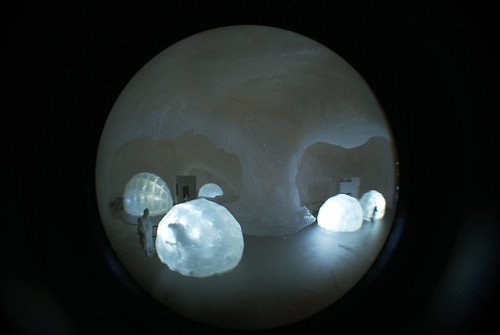
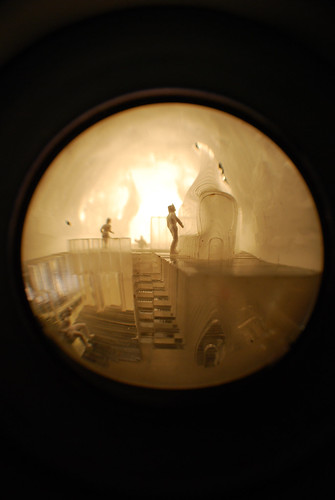


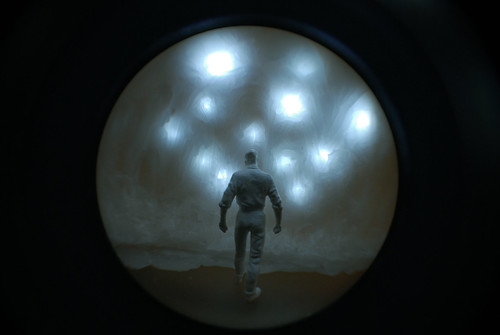
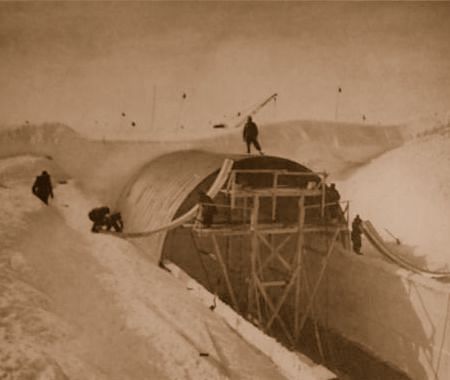








 The floating kombucha mushroom. Image from
The floating kombucha mushroom. Image from 

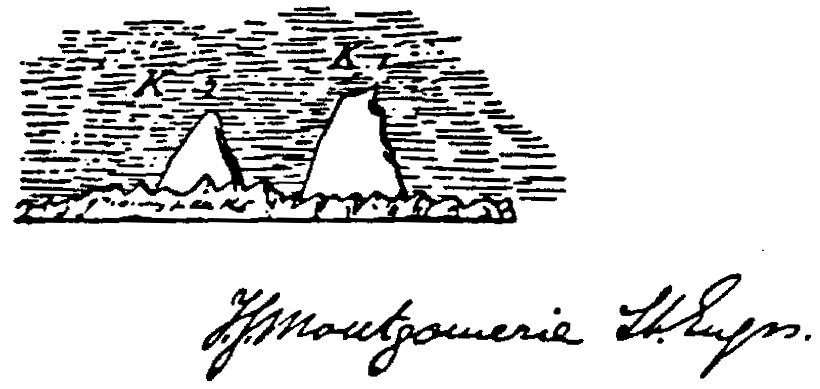









 The now undergrounded
The now undergrounded  Atop a
Atop a 